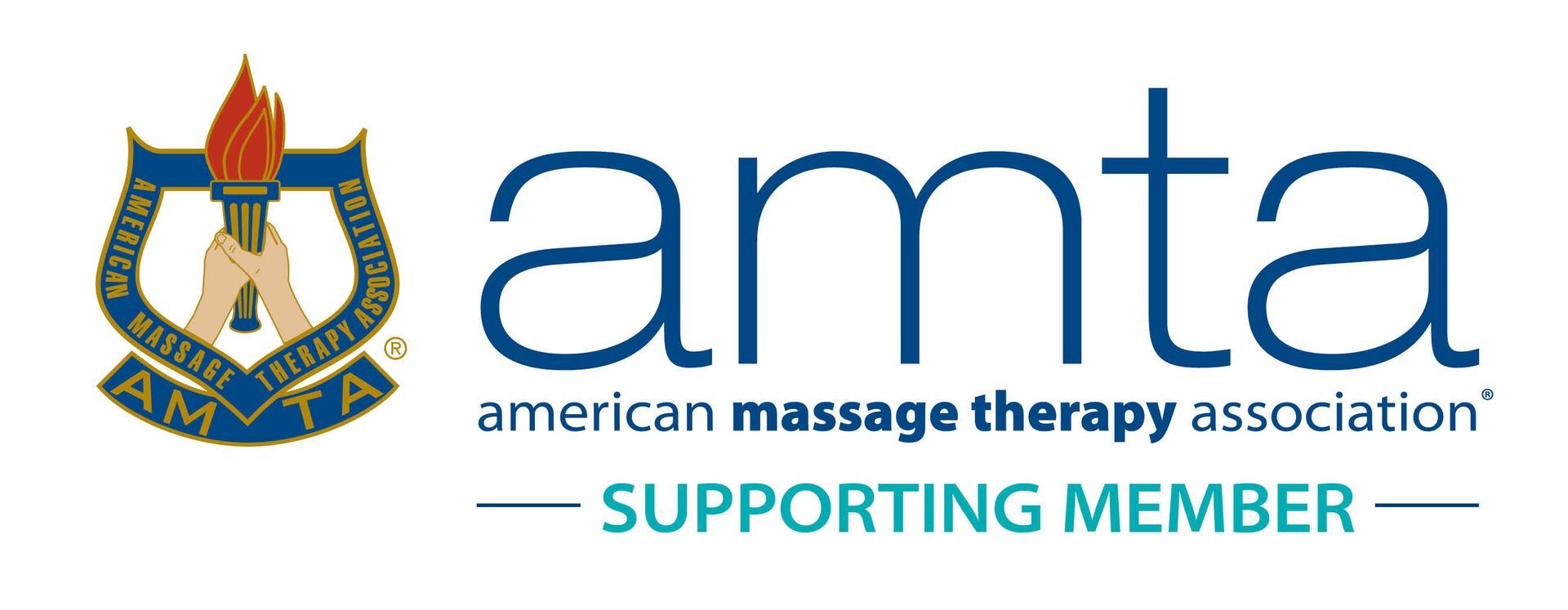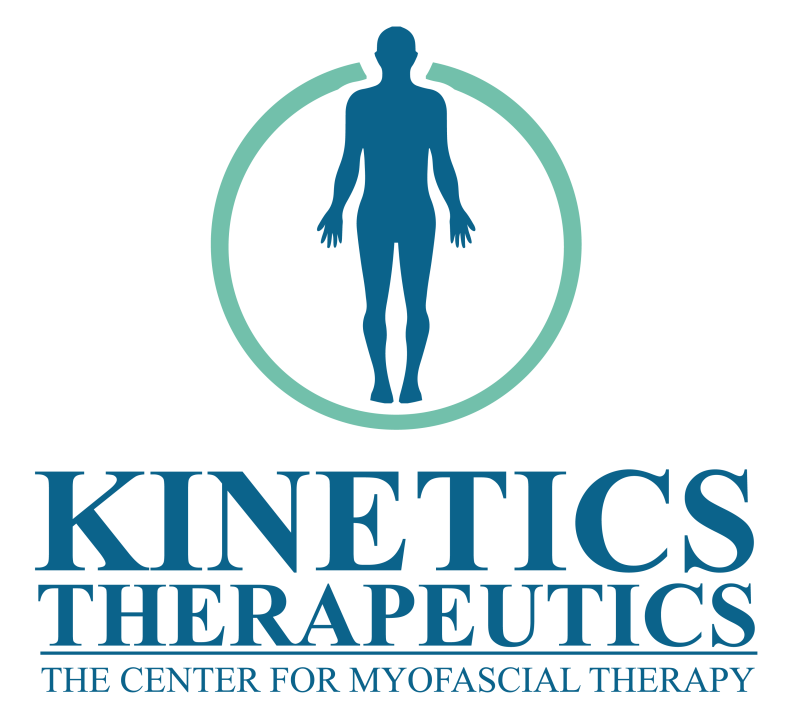Myofascial Release Therapy
What is the Myofascial System?
The myofascial system is a network of connective tissue that surrounds and supports every muscle, bone, and organ in your body. It acts like a web of tissue, holding everything together.
This complex and dynamic network of connective tissue plays a crucial role in supporting and connecting various structures within the body. This three-dimensional web is essential for maintaining optimal movement, energy transfer, and overall well-being.
Fun Facts
- Your body's myofascial system comprises over 40% of its total tissue.
- It's responsible for up to 30% of your muscle's strength and power.
- Myofascial tissue can store up to 1,000 times its own weight in water!
Function
of the Myofascial System
The myofascial system performs several critical functions, including:
- Support and Integration: Surrounds and supports every muscle, bone, and organ, connecting and integrating these structures for coordinated movement and function.
- Structural Support and Stability: Provides structural support, stability, and flexibility, enabling efficient movement and function.
- Force Transmission and Movement: Facilitates the transmission of forces and movements throughout the body, allowing for smooth and efficient motion.
- Nutrient and Waste Exchange: Enables the exchange of nutrients, waste products, and information between cells and tissues.
- Posture, Balance, and Movement: Plays a crucial role in maintaining posture, balance, and movement patterns.
- Biomechanics and Movement Efficiency: Influences the body's overall biomechanics and movement efficiency.
- Pain, Inflammation, and Tissue Repair: Can affect pain, inflammation, and tissue repair processes.
Common Pathologies
Dysfunction in the myofascial system can lead to:
- Chronic pain and inflammation
- Limited range of motion
- Muscle imbalances and weakness
- Poor posture and alignment
Our company
4 - Phase Treatment Protocol
- Phase 1 - Assessment: Identify areas of restriction and dysfunction
- Phase 2 - Release: Use gentle, sustained pressure to release tension in the tissue
- Phase 3 - Re-education: Teach your body new movement patterns and habits
- Phase 4 -
Integration: Strengthen and stabilize the myofascial system
Optimal Function and Potential Restrictions
When functioning optimally, the myofascial system allows for smooth movement, efficient energy transfer, and overall well-being. However, restrictions or compromises in the system can lead to pain, limited mobility, and various musculoskeletal issues.
What conditions can be treated with myofascial release therapy?
Myofascial release can be used to treat various conditions, including chronic pain, low back pain, fibromyalgia, temporomandibular joint (TMJ) disorders, carpal tunnel syndrome, and migraines. It is also beneficial for injuries and post-surgical scarring
Success Story
"Since starting Kinetics Therapeutics, I've noticed a significant reduction in my chronic back pain and improved range of motion. I can finally move without restriction!"
- Adam, age 45





